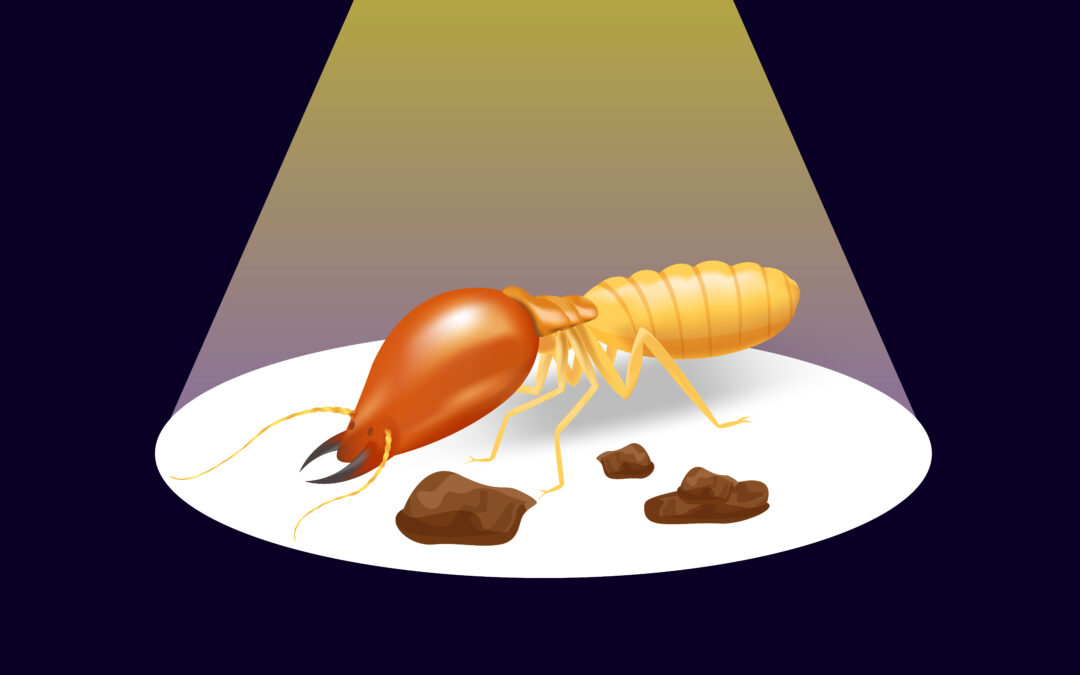One of the first big brands of pressure treated wood was introduced in the early 1970s, and it was marketed towards DIY enthusiasts who wanted to build their own decks. As it turns out, both DIY-ers and contractors were interested in the product, and it found a huge market, not just in outdoor deck construction, but also as furniture, raised bed gardens, retaining walls and many other projects. The momentum of treated wood has carried on since then, becoming the first option for builders and contractors. This is because treated wood is much longer lasting since it can repel termites.
The number of invasive termite species in the US has grown from 17 in 1969 to 28 in 2017. Of these species, the subterranean termite is the most common, which can create huge colonies and consume about one pound of wood a day when the infestation is large enough. Not only that, but it is hard to detect a subterranean termite infestation, especially if the wood is in direct contact with the ground.
A solution to this termite issue is treated wood, which is ideal for structures that are outside the area covered by an existing liquid treatment. Liquid treatments protect a building by creating an underground chemical barrier that repels or kills any termites that come into contact with it. If you have already performed this treatment, and you want to build a new wooden fence, or deck that is not really protected by it, then the new wood will be in danger. This is where treated wood can be really useful.
Treated wood can also be used indoors. When designing a building, this type of wood can be integrated into the structure, along with other termite repellent or resistant materials in order to further shore up the home. There are quite a few products on the market today that are designed to protect a building from termite infestations, allowing a builder to create a frame that is protected from the basement to the roof.
Wood can also be treated after it’s been installed, using spray treatments to protect the wood directly. When combined with a liquid treatment and baiting system, a home is virtually impervious to infestation. Add an annual inspection every year, and you can avoid a ton of damage to your home. If you would like to know more about termite prevention and control, contact us today.

